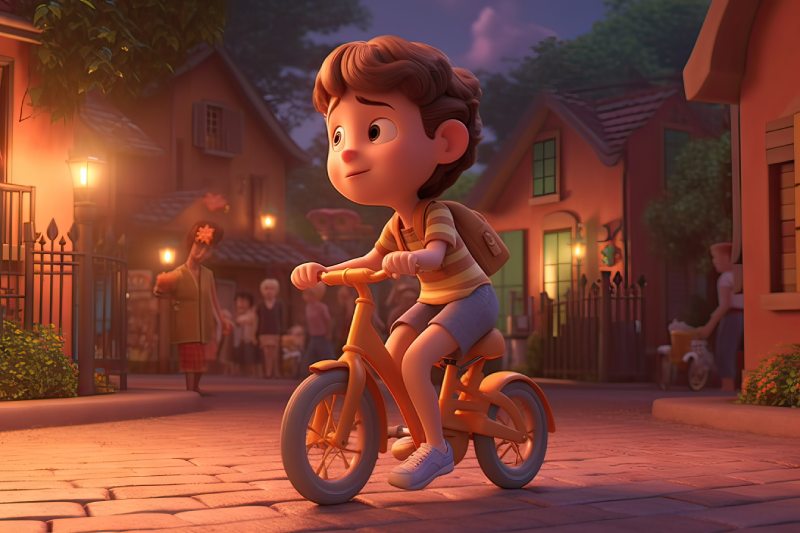
Boost Your Skills: 5 Must-Know 3D Animation Techniques
In the ever-evolving world of digital media, 3D animation has become a sought-after skill that can open doors to a wide range of creative and professional opportunities. Whether you’re a budding animator, a seasoned artist, or simply someone curious about the art form, mastering the essential techniques of 3D animation can significantly enhance your skillset and propel your career forward.
At [Northern School of Animation], we take great pride in fostering a dynamic and nurturing environment where aspiring animators can hone their craft and unlock their full potential. In this comprehensive guide, we’ll delve into five must-know 3D animation courses that can elevate your skills and take your projects to new heights.
1. Key framing and Interpolation
Keyframing is the foundation of 3D animation, allowing animators to create the illusion of movement by defining specific positions or “key” frames throughout a sequence. By setting these key frames, you establish the starting and ending points of an action, and the software then automatically generates the in-between frames, a process known as interpolation.
Mastering keyframing and interpolation is crucial for creating smooth, realistic animations. It enables you to control the timing, speed, and easing of your animations, ensuring that your characters and objects move in a natural and fluid manner.
To effectively utilize keyframing and interpolation, consider the following techniques:
- Establishing Key Frames: Thoughtfully place your key frames at strategic points in your animation, considering the timing and pacing of the action. This will help you achieve the desired rhythm and flow.
- Utilizing Easing Functions: Easing functions, such as linear, ease-in, ease-out, and ease-in-out, allow you to control the acceleration and deceleration of your animations, adding a sense of weight and natural movement.
- Refining Interpolation: Experiment with different interpolation methods, such as spline-based or linear interpolation, to find the one that best suits the mood and style of your animation.
- Layering and Blending: Combine multiple keyframed animations, blending them seamlessly to create complex, multi-layered sequences.
By mastering keyframing and interpolation, you’ll gain the ability to breathe life into your 3D creations, captivating your audience with smooth, compelling animations.
2. Character Rigging and Deformation
Character rigging is the process of creating a skeletal structure, or “rig,” within a 3D character model, which allows for precise control and manipulation of its movements. This technique is essential for creating believable, expressive characters that can convey a wide range of emotions and actions.
Effective character rigging involves the following key elements:
- Skeletal Structure: Construct a hierarchical bone system that mimics the anatomy of your character, ensuring natural and intuitive movement.
- Skinning and Weighting: Assign the character’s mesh to the underlying bone structure, known as skinning, and carefully adjust the weight of each vertex to achieve seamless deformation.
- Joint and Control Systems: Implement joints and control systems, such as inverse kinematics (IK) and forward kinematics (FK), to enable fluid, natural movement and pose manipulation.
- Facial Rigging: Develop a detailed facial rig with controls for individual features, allowing for expressive and nuanced facial animations.
- Dynamic Deformations: Incorporate dynamic deformations, like muscle flexing and skin sliding, to create a heightened sense of realism and weight in your character’s movements.
Mastering character rigging and deformation techniques will empower you to bring your 3D characters to life, making them more engaging, relatable, and visually compelling.
2. Character Rigging and Deformation
Character rigging is the process of creating a skeletal structure, or “rig,” within a 3D character model, allowing for precise control and manipulation of its movements. Effective character rigging involves:
Constructing a hierarchical bone system that mimics the anatomy of your character.
Assigning the character’s mesh to the underlying bone structure (skinning) and adjusting vertex weights for seamless deformation.
Implementing joints and control systems, such as inverse kinematics (IK) and forward kinematics (FK), to enable fluid, natural movement.
Developing a detailed facial rig with controls for individual features, enabling expressive and nuanced facial animations.
Incorporating dynamic deformations, like muscle flexing and skin sliding, to create a heightened sense of realism and weight.
Mastering character rigging and deformation techniques will empower you to bring your 3D characters to life, making them more engaging, relatable, and visually compelling.
3. Lighting and Rendering
Lighting and rendering are crucial elements in the 3D animation process, as they are responsible for creating the final visual aesthetic and mood of your scenes. By effectively utilizing lighting and rendering techniques, you can breathe life into your 3D creations, enhancing their depth, texture, and overall visual appeal.
Here are some key considerations for mastering lighting and rendering:
- Lighting Setups: Experiment with various lighting setups, such as three-point lighting, high-key, low-key, and mood lighting, to achieve the desired atmosphere and emphasize specific elements within your scene.
- Lighting Types: Understand the different types of lighting, including directional, point, spot, and area lights, and how to use them to create realistic shadows, highlights, and depth.
- Material and Texture Rendering: Carefully craft the materials and textures of your 3D models, considering their reflective properties, roughness, and overall appearance to enhance the realism and visual appeal of your scenes.
- Global Illumination: Implement global illumination techniques, such as radiosity and path tracing, to simulate realistic light bounces and create a more natural, cohesive lighting environment.
- Render Settings and Optimization: Optimize your render settings, balancing quality and efficiency, to ensure your final animations are visually stunning while maintaining a manageable rendering time.
By mastering lighting and rendering techniques, you’ll be able to elevate the production value of your 3D animations, captivating your audience with visually striking and immersive scenes.
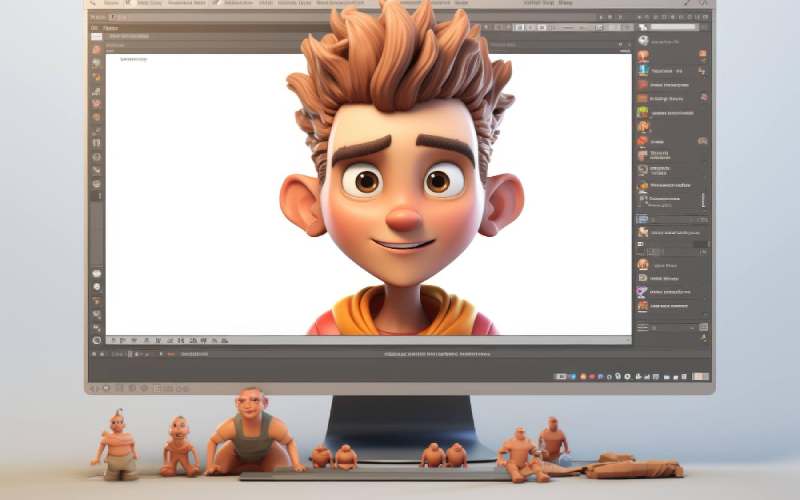
4. Camera and Cinematography
In the world of 3D animation, the camera and cinematography play a vital role in guiding the viewer’s attention and conveying the narrative or emotional intent of a scene. Mastering camera and cinematography techniques can significantly enhance the overall impact and engagement of your animations.
Consider the following aspects of camera and cinematography:
- Camera Framing and Composition: Carefully frame your shots, using techniques like the rule of thirds, leading lines, and negative space, to create visually appealing and purposeful compositions.
- Camera Movements: Experiment with various camera movements, such as panning, tilting, tracking, and dollying, to add dynamism, emphasis, and a sense of depth to your scenes.
- Lens and Depth of Field: Simulate realistic lens properties, like focal length and depth of field, to create a cinematic look and guide the viewer’s focus to the desired elements within the frame.
- Timing and Pacing: Thoughtfully consider the timing and pacing of your camera movements, cuts, and transitions to maintain a captivating rhythm and pace that aligns with the emotional tone of your animation.
- Virtual Cinematography: Approach your 3D animation with a cinematic mindset, considering camera angles, shot types, and editing techniques to create a cohesive and impactful visual narrative.
By mastering camera and cinematography techniques, you’ll be able to create visually engaging and emotionally resonant 3D animations that captivate your audience and effectively convey your creative vision.
5. Visual Effects and Simulation
In the realm of 3D animation, visual effects and simulation can elevate your work to new heights, adding depth, realism, and visual interest to your scenes. From dynamic particle systems to realistic fluid simulations, these techniques can bring your creations to life in awe-inspiring ways.
Explore the following visual effects and simulation techniques:
- Particle Systems: Utilize particle systems to simulate a wide range of natural phenomena, such as fire, smoke, water splashes, and magical energy effects, adding vibrancy and dynamism to your scenes.
- Fluid Simulations: Implement advanced fluid simulation techniques to create realistic, flowing liquids, like water, oil, or blood, enhancing the overall realism and immersion of your 3D animations.
- Rigid Body Dynamics: Simulate the physical interactions and behaviors of rigid objects, such as shattering glass, crumbling debris, or colliding objects, to add a sense of weight and authenticity to your scenes.
- Soft Body Dynamics: Explore soft body dynamics to simulate the movement and deformation of flexible materials, like cloth, hair, or skin, adding an extra layer of realism and expressive movement to your characters and environments.
- Procedural Generation: Utilize procedural generation techniques to create intricate, organic environments, such as forests, cities, or alien landscapes, that can add depth and uniqueness to your 3D worlds.
By mastering visual effects and simulation techniques, you’ll be able to elevate the production value of your 3D animations, captivating your audience with jaw-dropping visual spectacles and heightened realism.
Conclusion
In the captivating world of 3D animation, the five techniques we’ve explored – keyframing and interpolation, character rigging and deformation, lighting and rendering, camera and cinematography, and visual effects and simulation – are essential skills that can propel your creative journey to new heights.
At Northern School of Animation, we are dedicated to empowering our students with the knowledge and tools necessary to thrive in the ever-evolving field of 3D animation. Whether you’re looking to enroll in 3D animation classes or seek comprehensive 3D animation training, our programs are designed to equip you with the necessary skills to succeed.
By mastering these techniques, you’ll not only enhance your personal skillset but also position yourself for success in the dynamic and competitive animation industry. Remember, the journey of a skilled 3D animator is one of constant learning and exploration. Keep practicing, experimenting, and embracing the challenges that come your way.
Get in Touch with us
Unlock Your Animation Potential and Start your Animation Journey Now!
- All Posts
- Blog
- Back
- Animation
- CGI
- Graphic design
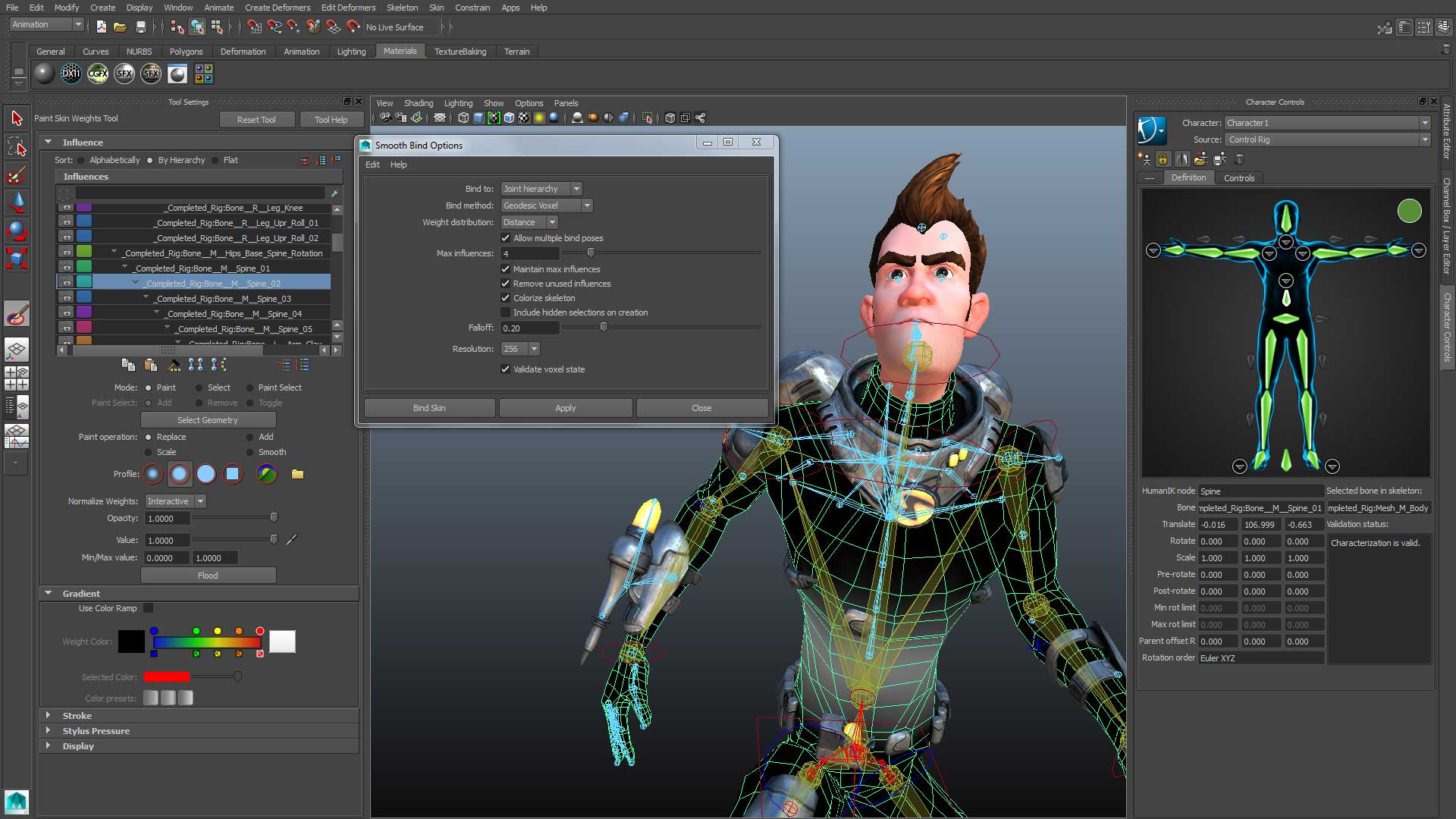
Animation Softwares Home How to make 2D Animation in Blender for beginners? How to make 2D Animation in Blender for…

Beginner’s Guide to Maya Autodesk: Perfect for Students Are you an aspiring 3D artist or animator looking to break into…
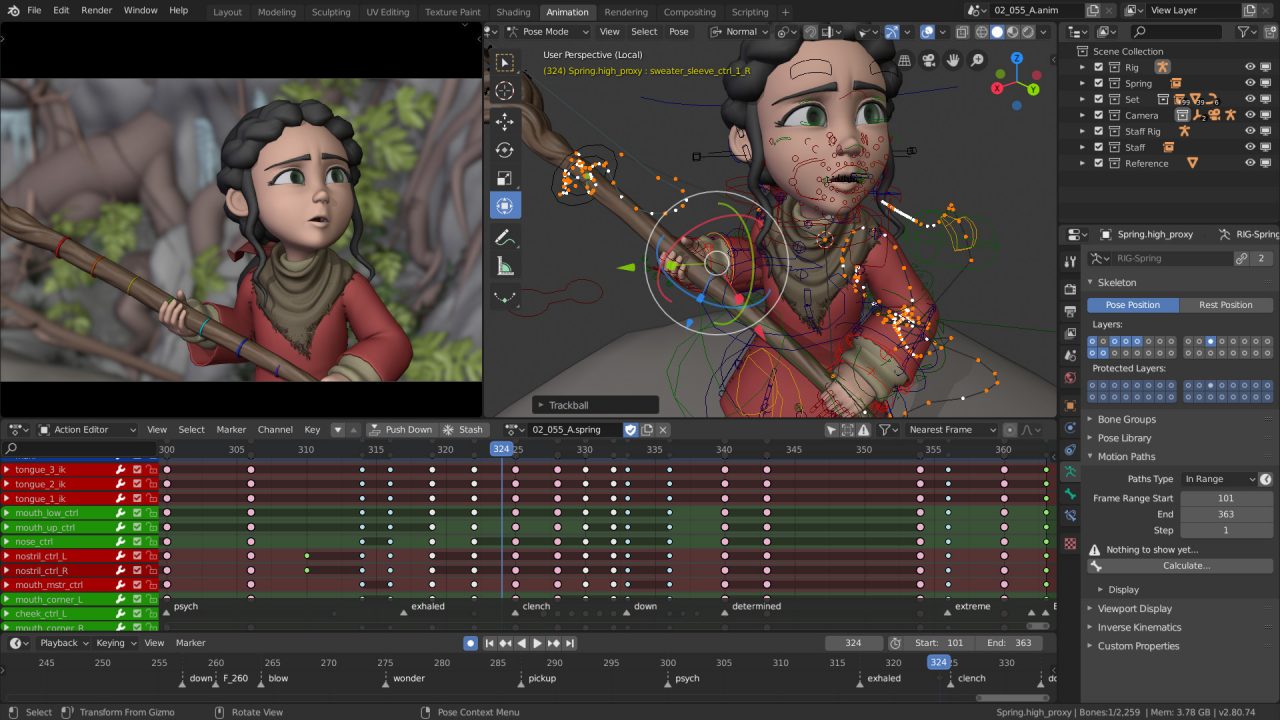
What is Blender Software ? What is it Used For? In the dynamic world of animation, the tools you choose…
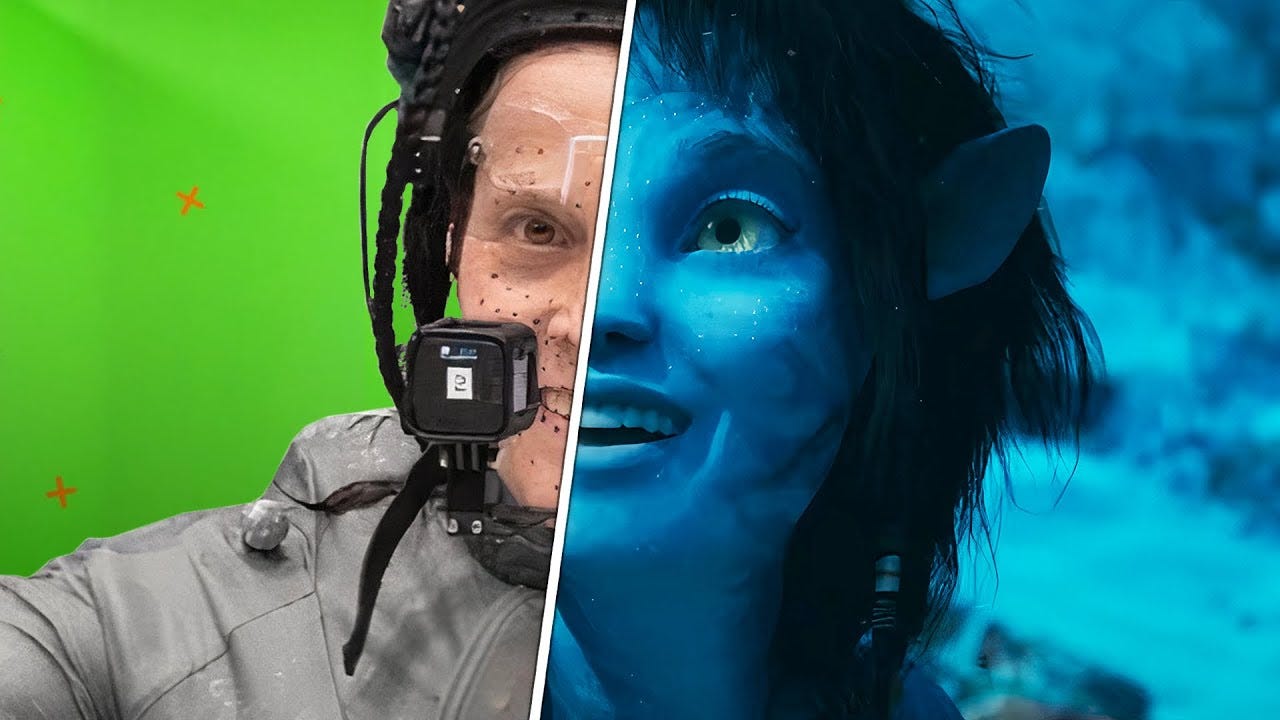
What are the Differences between VFX and CGI? Is CGI better than VFX? Welcome to the Northern School of Animation’s…
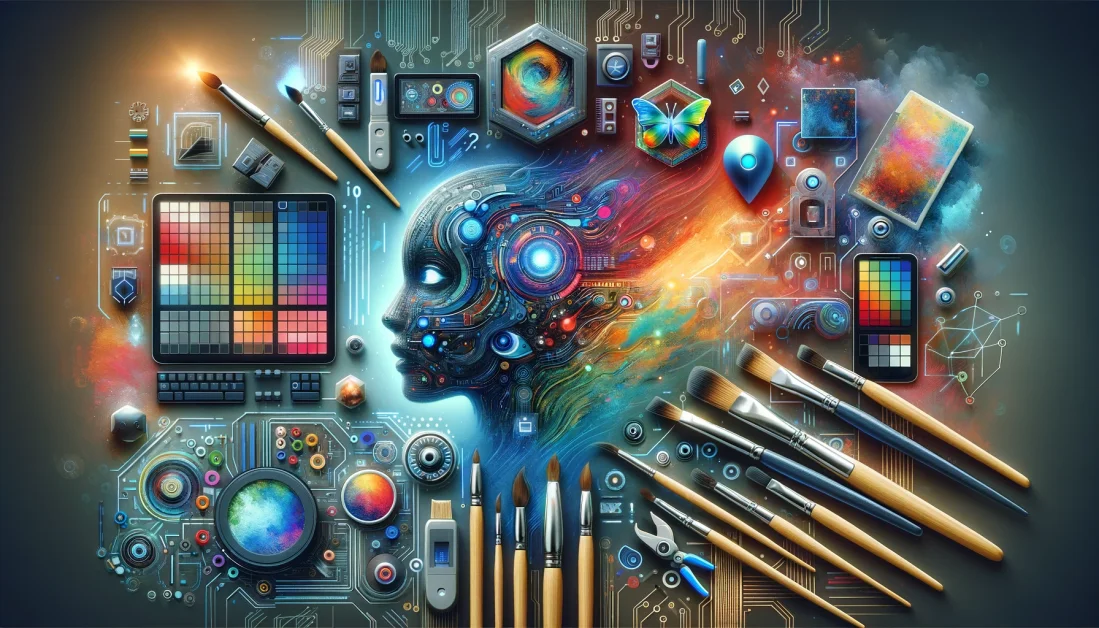
What are the 8 types of graphic design in art? Graphic design is a multifaceted field that encompasses a wide…
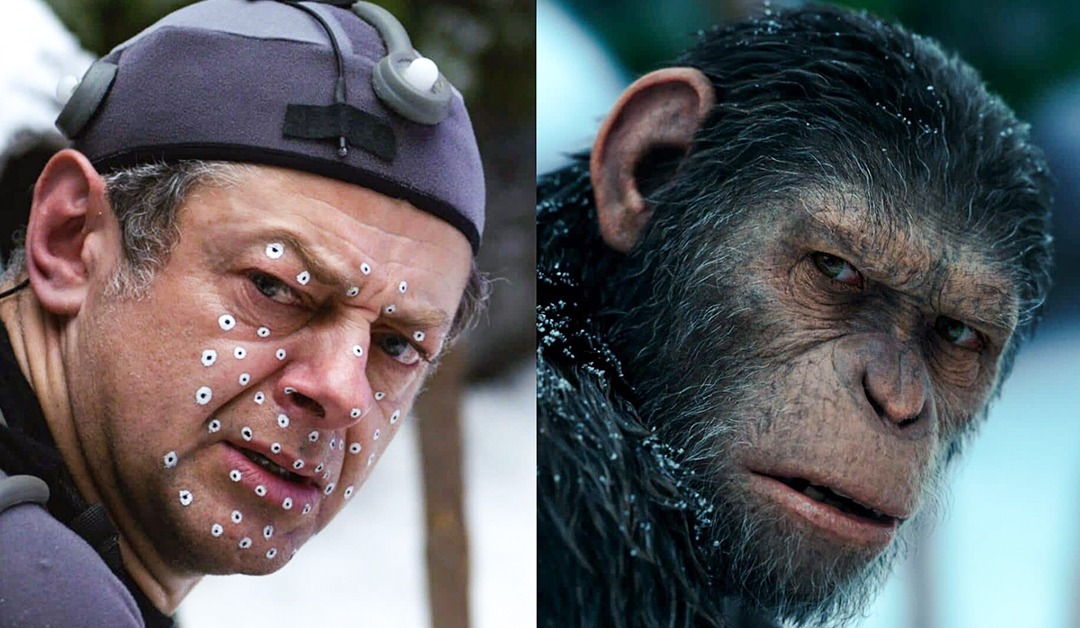
What is CGI? What is the process of CGI in animation? In the ever-evolving world of animation, a technological revolution…

Boost Your Skills: 5 Must-Know 3D Animation Techniques

5 Tips to Boost Your Animation Career Salary
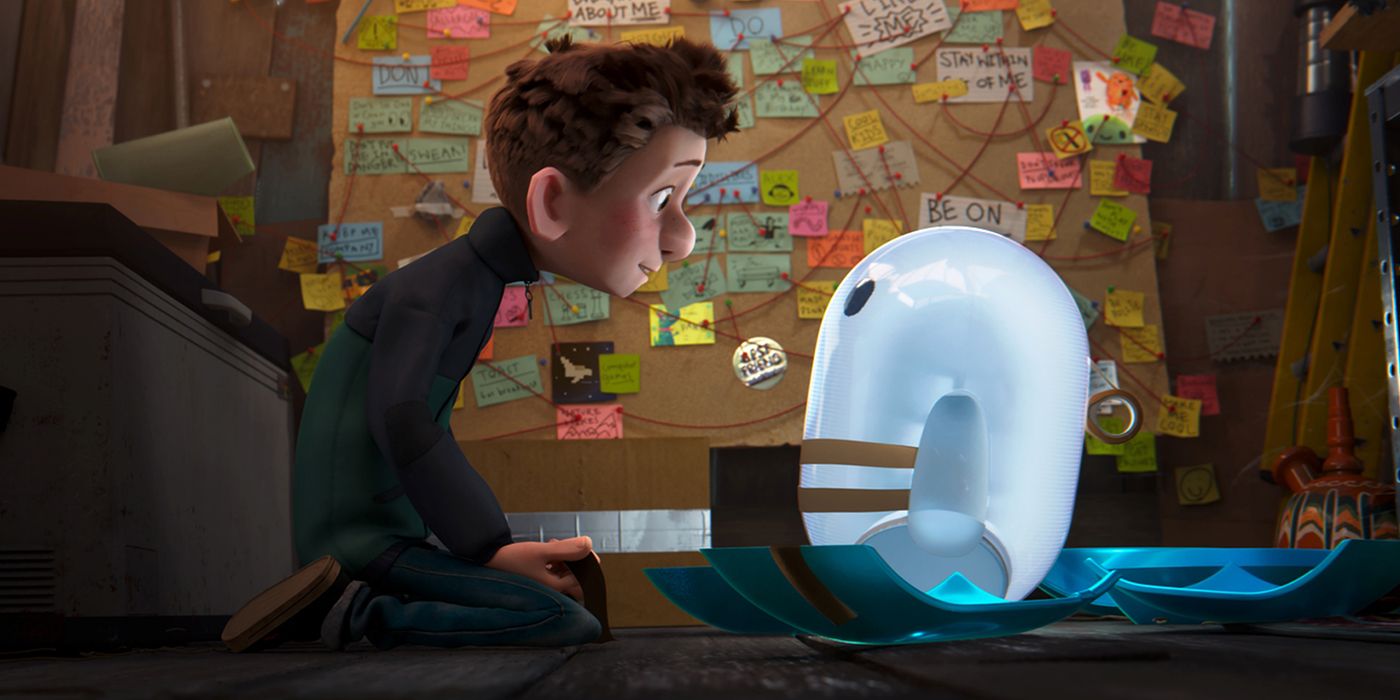
Unleashing Creativity: 5 Essential 2D Animation Software Tools
